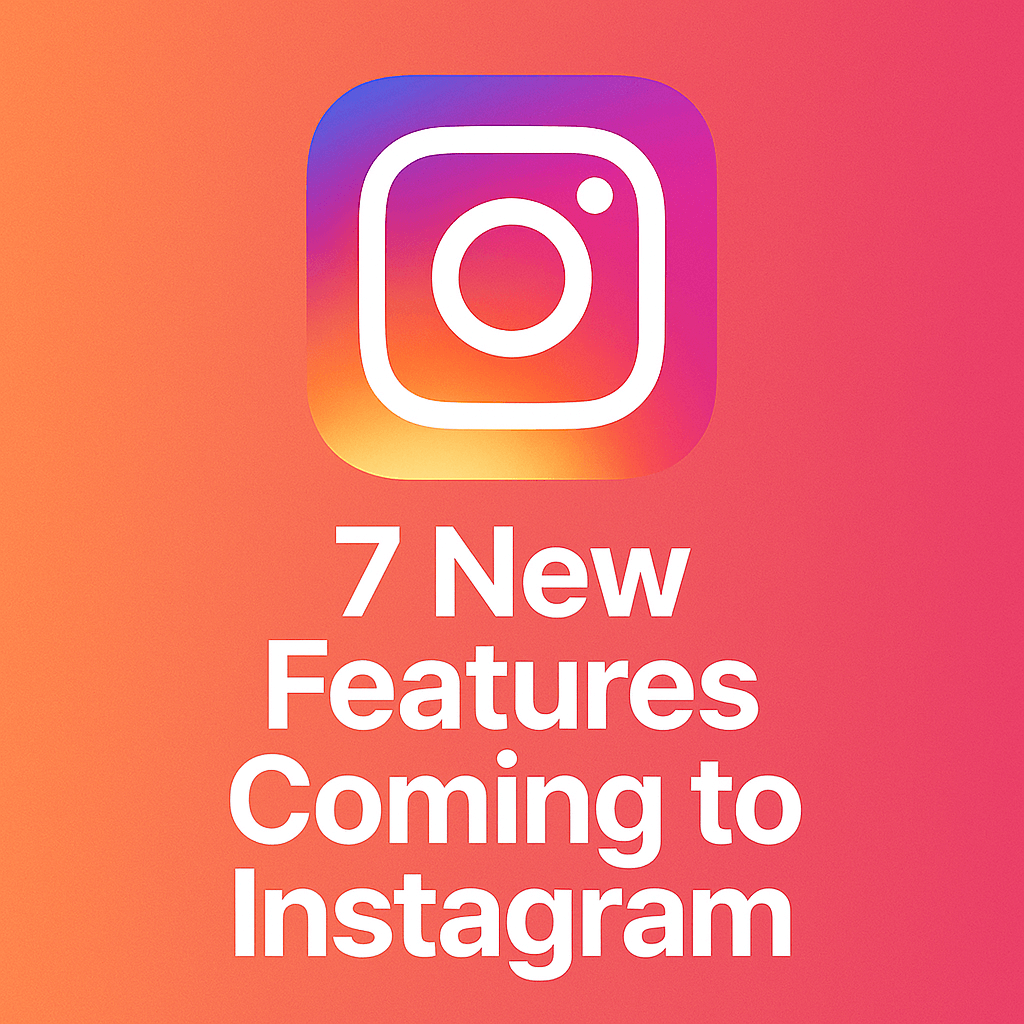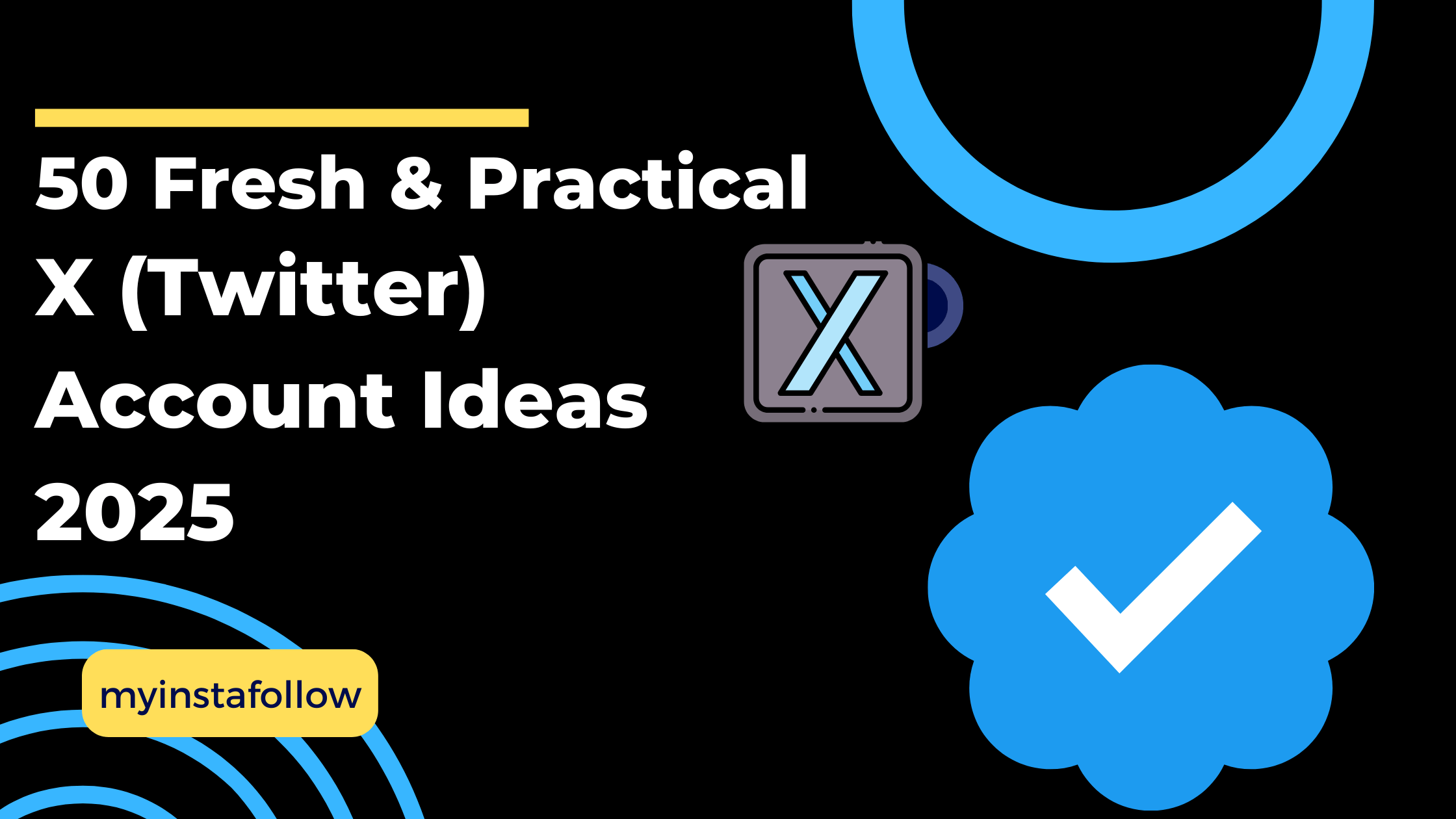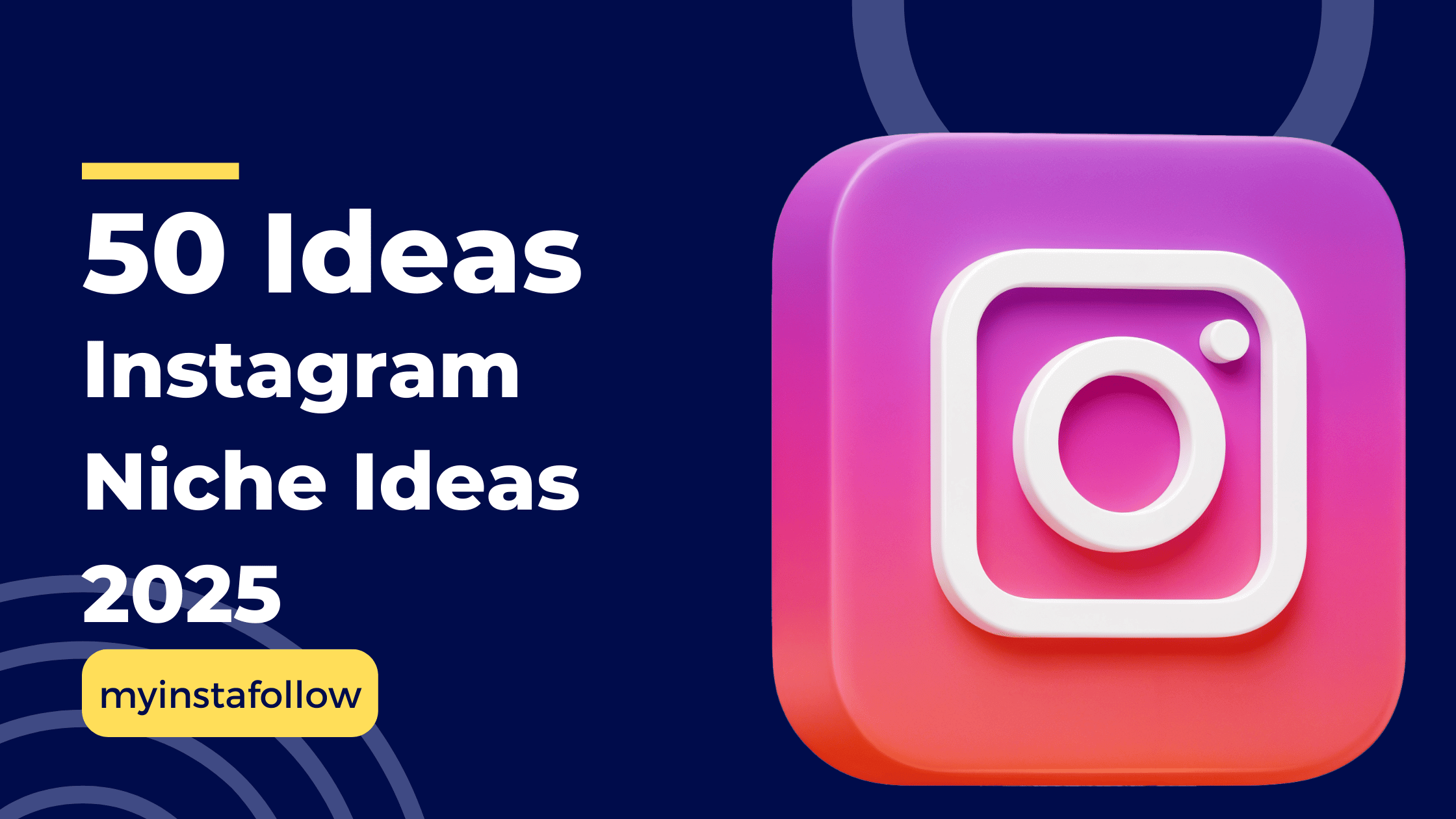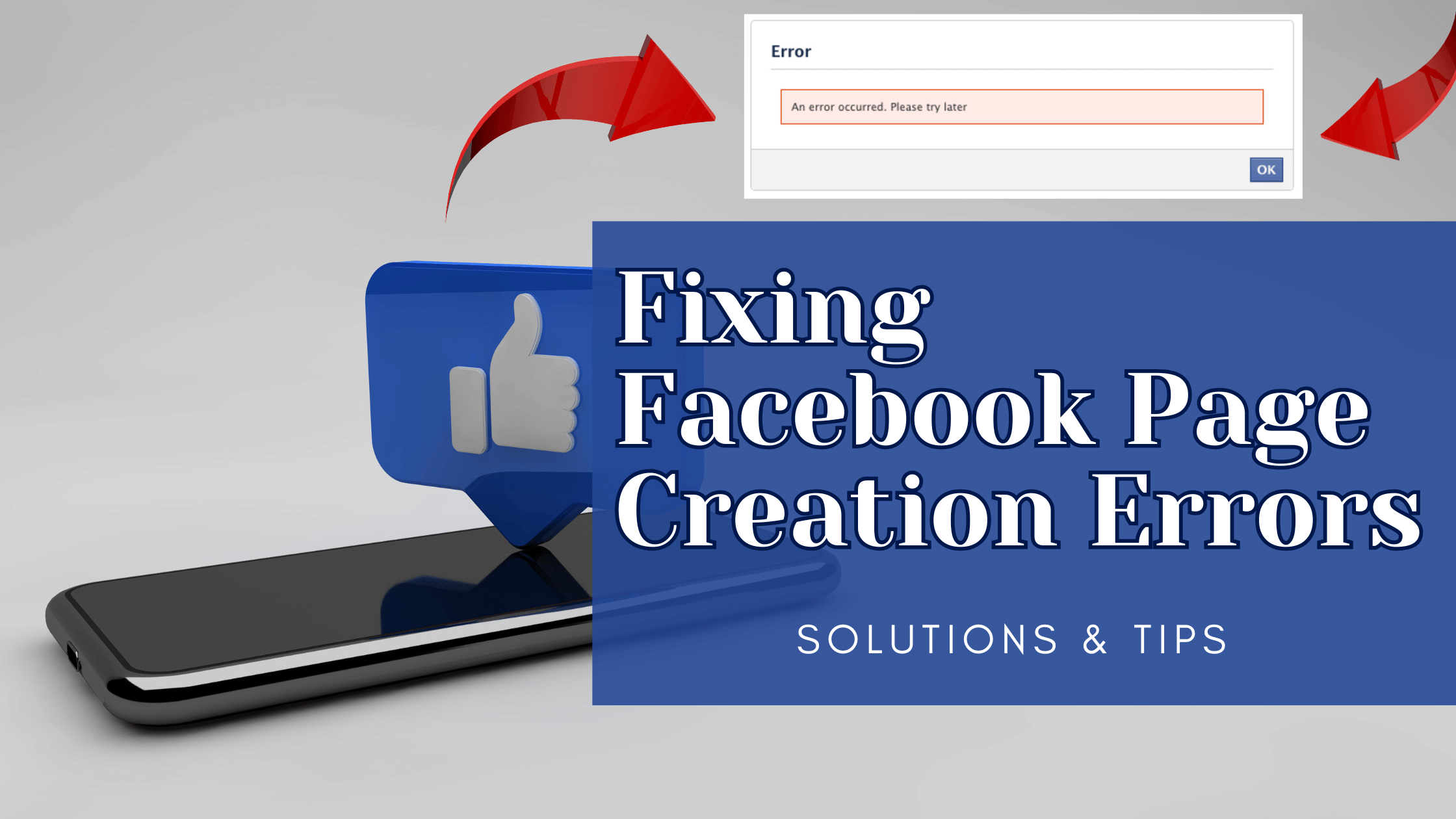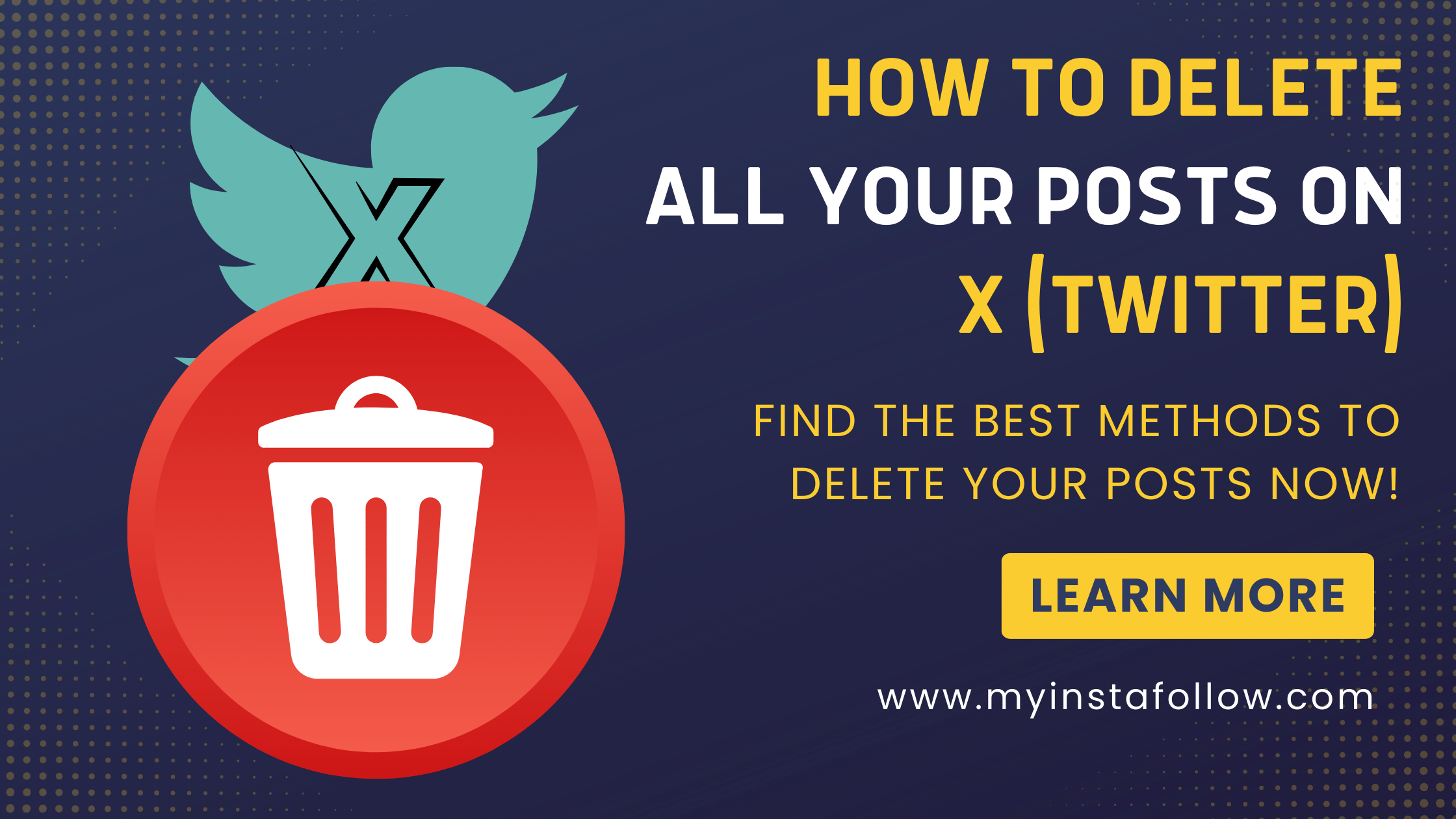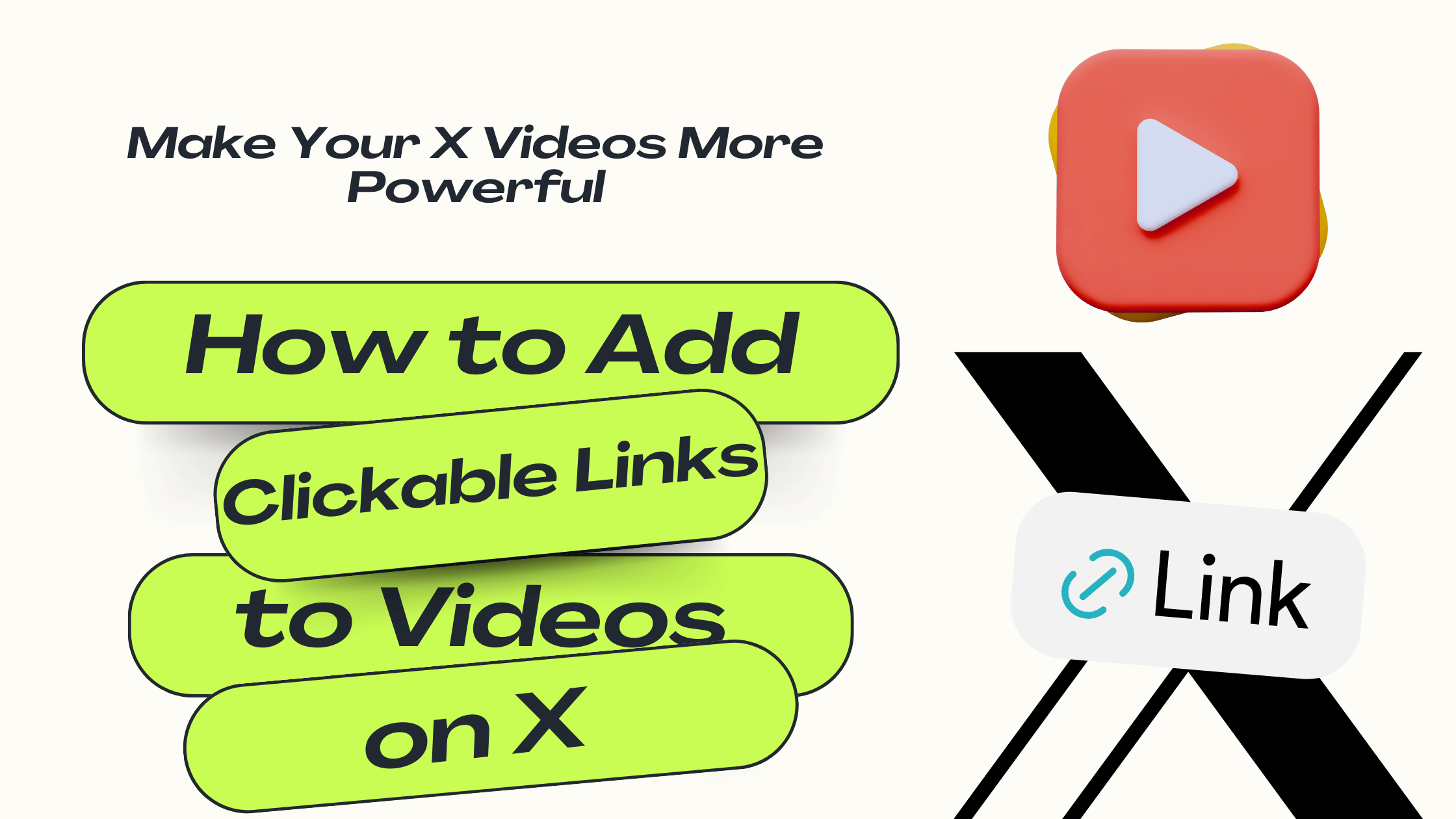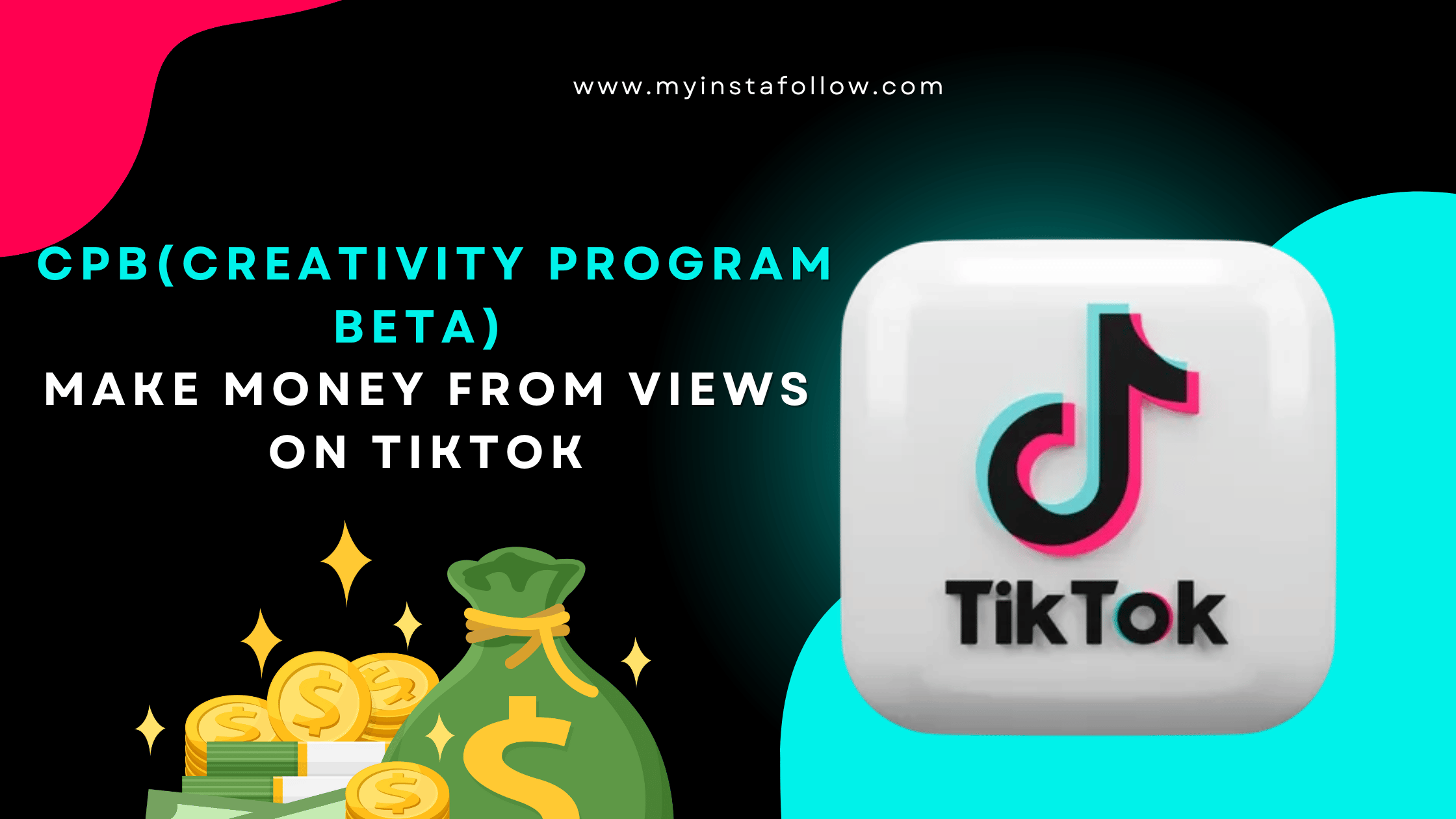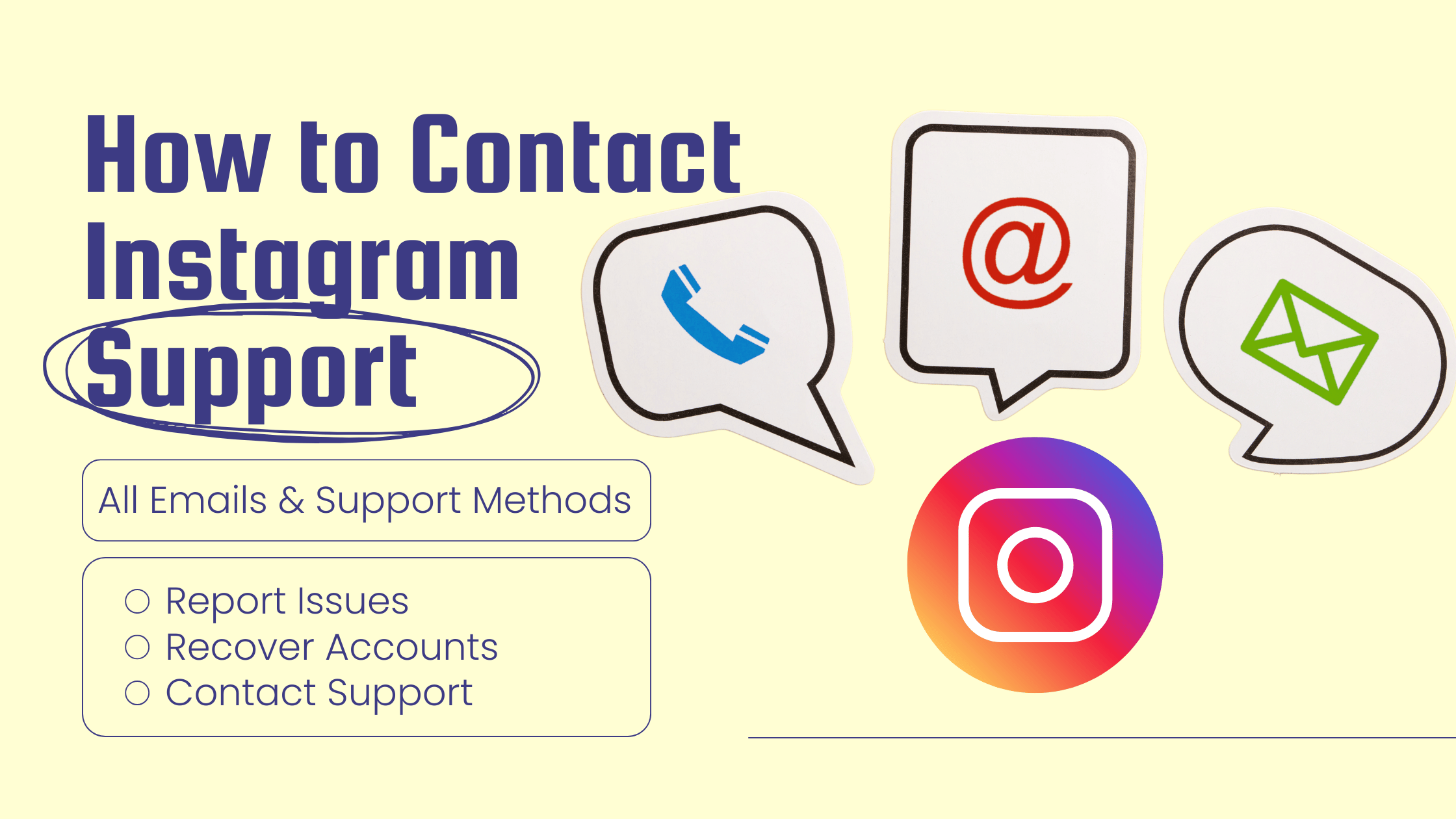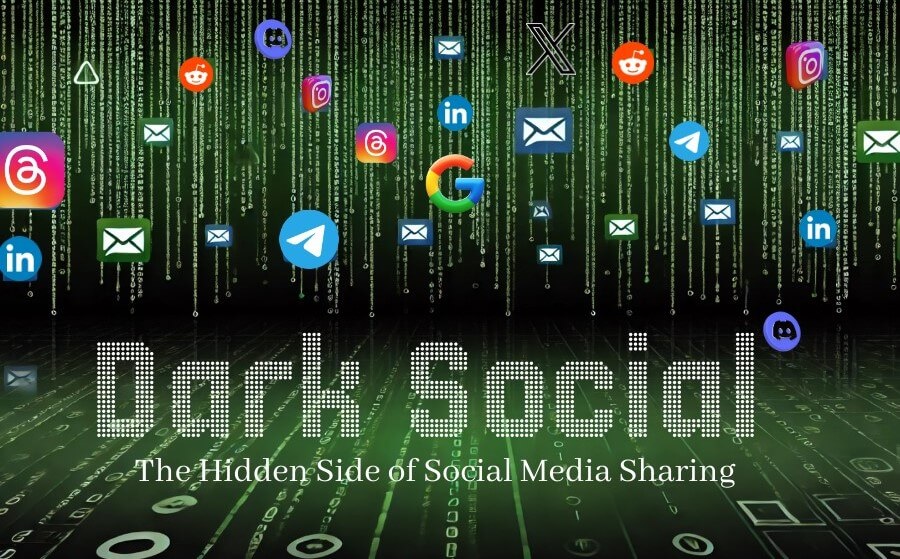
In the age of social media, we often think of likes, shares, and comments as the primary ways people interact with content. However, a significant portion of online sharing happens out of sight, hidden from traditional analytics. This phenomenon is known as Dark Social. It’s the unseen side of social media where content is shared privately via direct messages, emails, or private groups—beyond the reach of standard tracking tools. In this blog, we’ll uncover what Dark Social is, why it’s crucial for marketers, and how brands can tap into this hidden side of social sharing.
What is Dark Social?
Dark Social refers to the sharing of content through private, untraceable channels like direct messaging apps (WhatsApp, Facebook Messenger, Instagram DMs), email, and private forums. Unlike public shares on Facebook, Twitter, or LinkedIn, Dark Social sharing happens under the radar, leaving no trace in the referral data typically used by marketers to track engagement.
Examples of Dark Social Sharing:
- Sending a link to a friend via WhatsApp or Telegram.
- Sharing a funny meme through Instagram DMs.
- Forwarding an interesting article via email to a colleague.
These private interactions account for a significant chunk of social sharing, with some studies suggesting that up to 84% of online shares occur through Dark Social channels. This means that most marketers are missing out on valuable data that could influence their strategy.
Why Dark Social Matters to Marketers
Dark Social isn’t just a blind spot—it’s a goldmine of authentic, high-intent sharing that can drive significant traffic to your website. Here’s why it matters:
-
High-Intent Sharing: When someone shares a link privately, it’s usually with a trusted person and often involves content that’s more personal or meaningful. This type of sharing is more intentional than a public post, indicating genuine interest and engagement.
-
Reaching Niche Audiences: Dark Social often involves smaller, more focused networks, like private groups or close friends. This means your content could be reaching highly relevant audiences, even if you can’t track it directly.
-
Influencing Purchase Decisions: Many purchase decisions start with a private recommendation—a friend sending a product link or a family member sharing a discount code. These untraceable shares can directly impact sales without ever appearing in your analytics.
-
Underestimating Traffic Sources: If you’re only looking at traditional social metrics, you might be undervaluing your content’s performance. Traffic that appears as “direct” in your analytics might actually be coming from Dark Social shares.
How to Tap Into Dark Social
Though Dark Social is hidden, there are ways brands can adapt their strategies to better understand and leverage this invisible sharing landscape.
1. Create Shareable Content with Copyable Links
- Make it easy for your audience to share your content in private channels by providing clear, copyable links. Encourage users to share through messaging apps or email by adding a simple “Copy Link” button alongside social sharing icons. The easier you make it, the more likely people are to share.
2. Use UTM Parameters and Trackable Links
- While you can’t track Dark Social directly, you can get a sense of it by using UTM parameters in your URLs. When shared privately, these parameters can help identify some Dark Social traffic in your analytics as originating from specific campaigns or content pieces.
3. Leverage Chatbots and Messaging Apps
- Engage users where they’re already sharing content—within messaging apps. Brands can use chatbots on Facebook Messenger, WhatsApp, or Instagram to drive personalized interactions, provide quick customer service, and encourage further sharing in these private spaces.
4. Analyze “Direct Traffic” in Your Analytics
- Direct traffic—users arriving at your site without a clear referral—often includes Dark Social visitors. Analyze this traffic to identify spikes that coincide with new content releases, email campaigns, or viral moments. By understanding your direct traffic, you can infer when Dark Social is at play.
5. Encourage Word-of-Mouth Sharing
- Encourage your audience to share your content privately with friends and family. Use calls to action like “Send this to a friend!” or “Share with someone who needs to see this.” When you normalize and encourage private sharing, you’re more likely to see the benefits of Dark Social.
6. Create Content That’s Personal and Relevant
- Dark Social thrives on personal connection. Craft content that speaks directly to your audience’s needs, challenges, or humor. The more your content resonates on a personal level, the more likely it is to be shared in private conversations.
The Future of Dark Social
As privacy concerns continue to grow, and as messaging apps evolve, Dark Social will only become more prevalent. For marketers, this means adapting to a landscape where not all engagement is visible or measurable in traditional ways. Brands that understand and embrace Dark Social will be better positioned to connect with their audiences on a deeper level, tapping into the authentic, word-of-mouth sharing that truly drives influence and impact.
Dark Social is a powerful reminder that not all sharing happens in the spotlight. It’s a hidden force that influences how content spreads, shapes brand perception, and ultimately drives action. By embracing the hidden side of social sharing, marketers can unlock new opportunities to connect with their audiences in meaningful, lasting ways.
